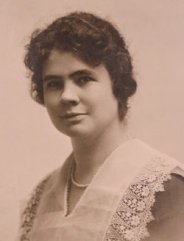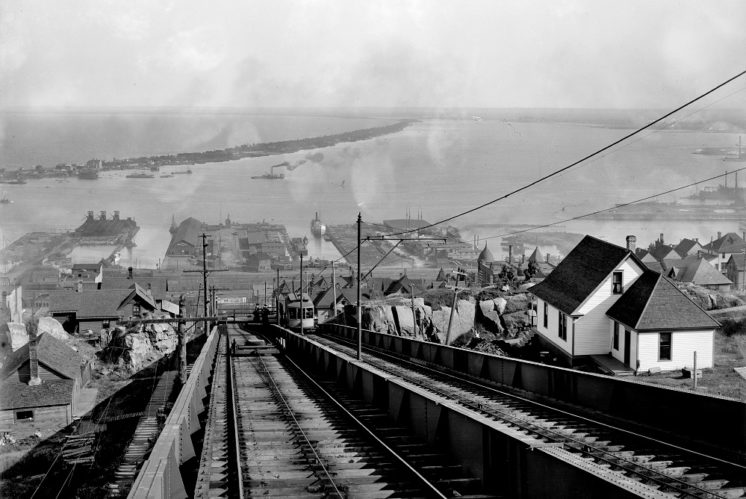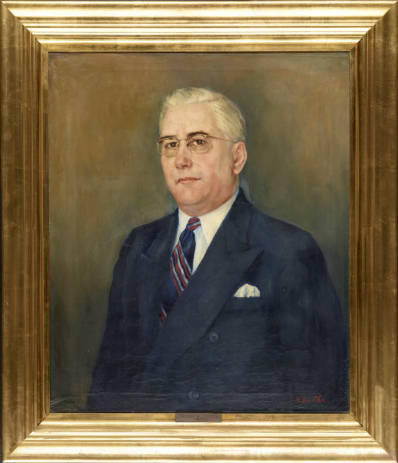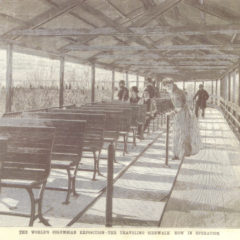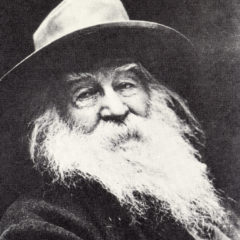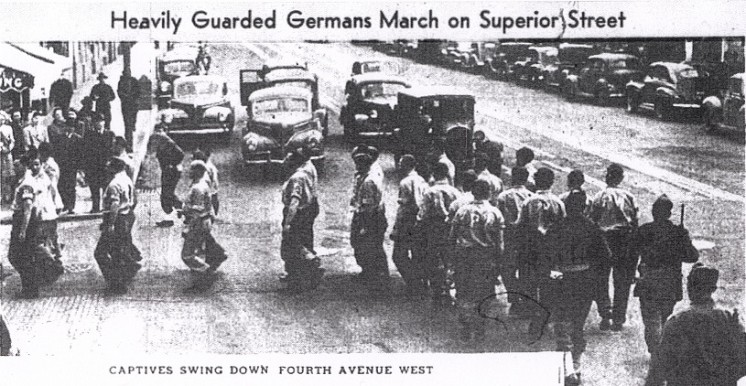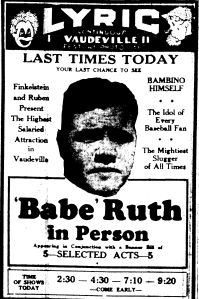Retired Duluth librarian writes second book

Duluth Stories: People and Events from the Zenith City’s Past was published by the author with the help of X-Presso Books in January.
Did you know that German prisoners of war worked in local lumber camps during World War Two? That the Zenith City produced four opera divas and eight classical-music composers? That no fewer than six Duluthians worked on the Manhattan Project, developing the world’s first atomic bombs? Inside these pages, retired Duluth Public Library reference librarian David Ouse tells the tales of not only accomplished Duluthians — including local women who broke down barriers by becoming the first female practitioners of traditionally male professions — but also of visits from the famous, the exploits of a couple of “human flies,” two early (and lost) motion pictures set in the Zenith City, and much more.







